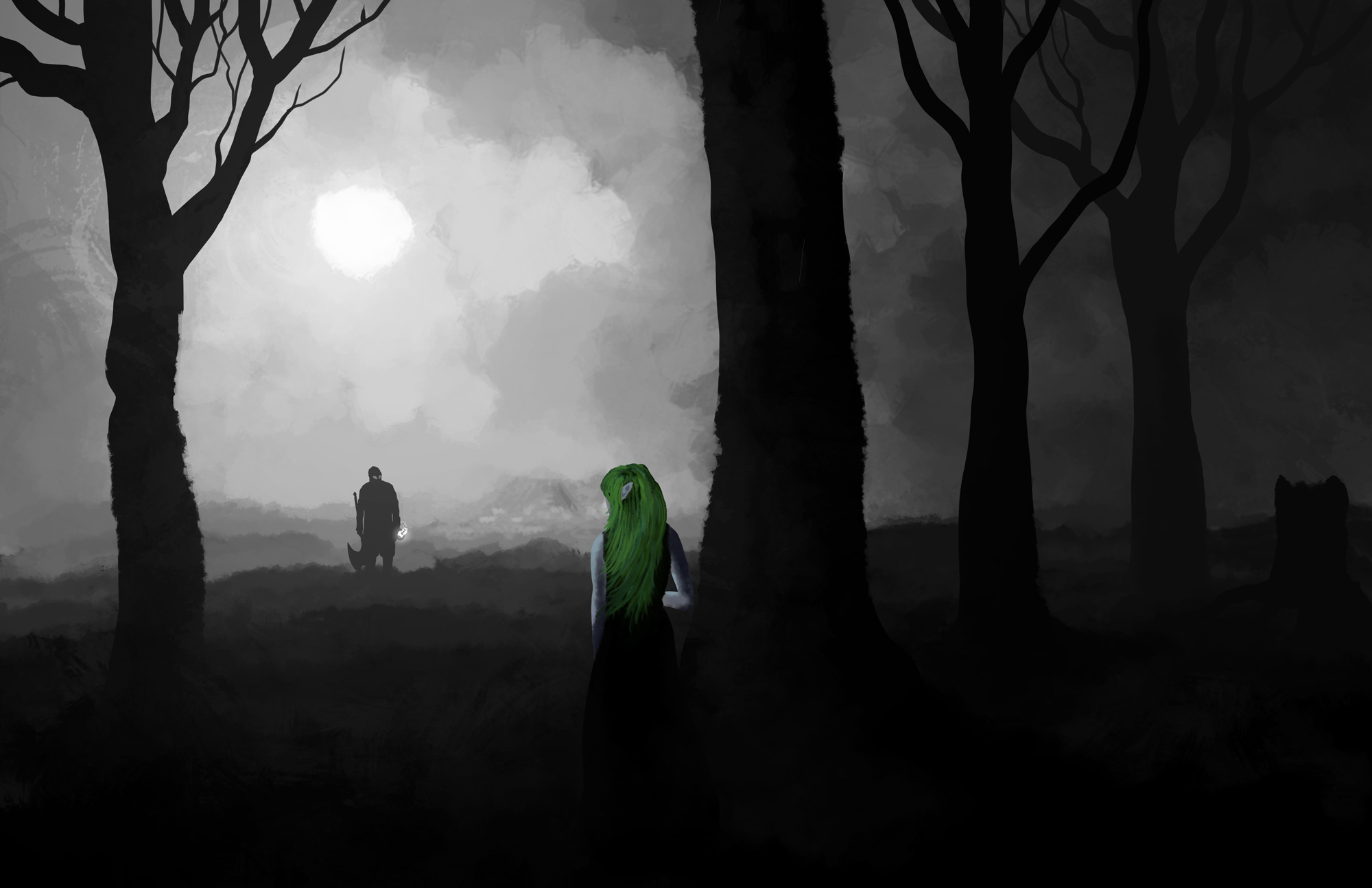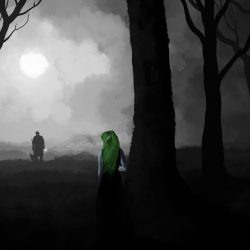Rogue Huldufolk
“There is no escape — we pay for the violence of our ancestors.”
Frank Herbert, Dune
In some form or another, the Blessed and Banished and struggled against each other for thousands of years, potentially from the creation of mankind to the modern day. For much of Humanity’s history, however, most Huldufolk have been in neither. Before the more modern, interconnected world we live in, up to within the past few hundred years, Huldufolk society as we know it was dwarfed by Huldufolk living independently of any faction at all.
In previous nights these independent Huldufolk were responsible for many of the myths and legends around the world. The fairies that tricked unsuspecting European villagers on Hallow’s Eve; the Will-o’-Wisps luring people up and off of cliffs; the evil witches and warlocks living in dark forests; the man-eating Wendigo of the Algonquian in north-east America and Canada.
While the Blessed and Banished vie over the fate of humanity, over gaining their belief in the goals of their Patrons, these independent Huldufolk seek belief in … themselves. Usually the goal is simply fear, and some sort of reverence. Through evoking this personal belief in their own myths, these independent Huldufolk can grow extremely powerful.
In past ages, the factions of Huldufolk society and their patrons have often tolerated these independent Huldufolk. Over the past few centuries, however, as humanity as entered a more “enlightened” age of empiricism, and the majority of Huldufolk now serve the Patrons, they’ve grown far less tolerant of these free agents: any Huldufolk pursuing believers outside one of the factions are now considered Rogue, and can be killed at will by any other Huldufolk.
Despite the dangers of living a life rogue from Huldufolk society, it comes at a great advantage. Not only is it easier to gain power through direct belief, instead of merely inspiring belief in your faction’s core principles, it’s surprisingly easy to convince humans to believe in the unknown. Even in the late 1800s, it was easy for the myth of the Nain Rouge (the “Red Dwarf” – sound familiar?) to take hold in the Detroit area; people all around the world know of the Jersey Devil, supposedly hiding somewhere in the Pine Barrens; and it takes a particularly brave teenager to accept the dare to say “Blood Mary” in front of the mirror in a dark bathroom, alone. The legends are fewer than in past times, but even if we now call them “Urban Legends”, the belief, and the fear, is still there.
The more powerful the belief in one of these Urban Legends grows, the more powerful the Huldufolk behind it — sometimes more powerful, it’s said, than any member of Huldufolk society. It is said that some of these Urban Legends manage to live well beyond a normal human, or Huldufolk, lifetime, sustained by their belief — perhaps becoming something more than Huldufolk.
Even among the factions of Huldufolk society, it can be tempting to try to cross the line into becoming an Urban Legend. Over the centuries numerous Huldufolk have tried to turn themselves into legends, while still espousing the beliefs of their faction. This can be a quick route to power, but it’s a dangerous game. All eyes are on such Huldufolk celebrities, waiting for the day they take one step too far.

